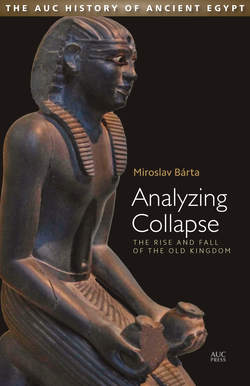Analyzing Collapse

Реклама. ООО «ЛитРес», ИНН: 7719571260.
Оглавление
Miroslav Bárta. Analyzing Collapse
Отрывок из книги
Analyzing Collapse
Edited by Aidan Dodson and Salima Ikram
.....
In contrast, agricultural land was the alpha and the omega of development for villages that had sprung up in the eighty or so valleys on the northern coast of Peru, which were constrained by the ocean, mountains, and desert. The settlement of these valleys expanded with the rising number of people living in the villages. Once a village population reached some three hundred people, some were dispatched to build a new village. The size of the individual villages thus remained fairly constant.39 Once the valleys were settled, the pressure on land use increased. This led to existing land being cultivated more intensely or to new arable land being acquired by building terraces on steep slopes, although the latter required much more energy and resulted in a declining EROI (Energy Return On Investment, or the amount of energy that must be expended compared to the amount of usable energy that it creates).40 Eventually these technical options were exhausted and economic stress led to aggression against neighbors. Such wars had serious consequences for the defeated communities, but they were the unavoidable result of the scarcity of available land combined with the practical impossibility of escape because of the desert, mountain, or sea barrier. This was the mechanism by which a strictly hierarchical society emerged, grew over time to encompass larger territories controlled by individual chiefs, and eventually developed into kingdoms—as happened, for instance, with the Inca Empire and its predecessors, like the Moche culture.41 It was a process that led naturally to deep social stratification, the rise of a small and powerful elite, larger groups of professional clerks and craftsmen with some privileges, and finally, large groups of farmers and war captives with no privileges at all.
Fig. 1.4. Monte Albán. One of the driving forces of the early states was wars. Monte Albán rulers managed to unify the whole territory of Oaxaca and thus increased their available resources. Zapotec civilization, Oaxaca valley, Mexico. (M. Bárta)
.....